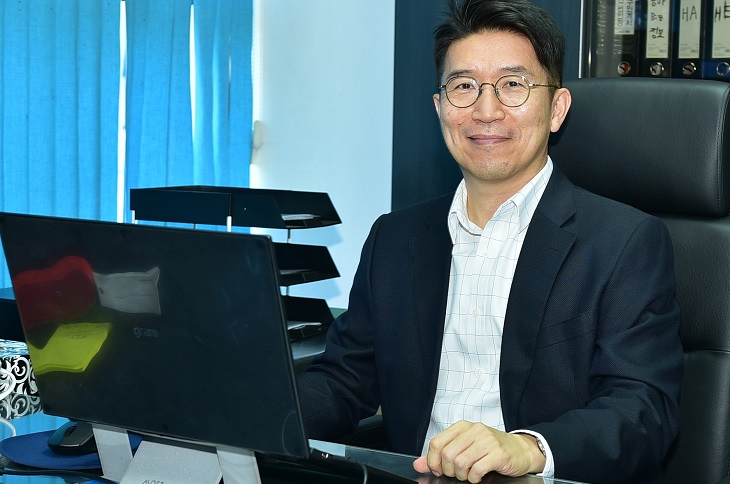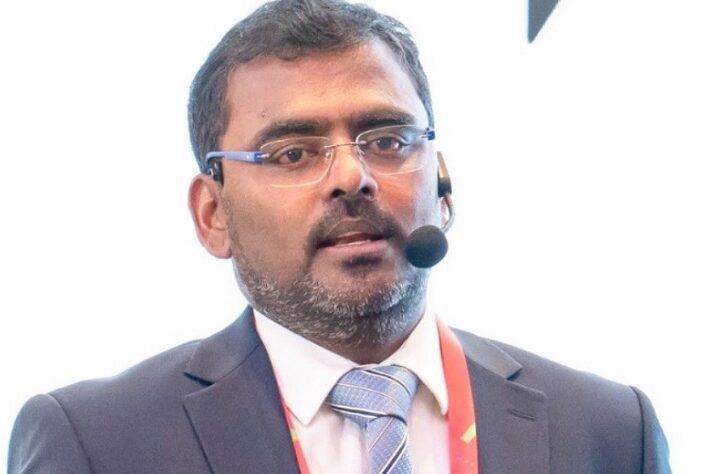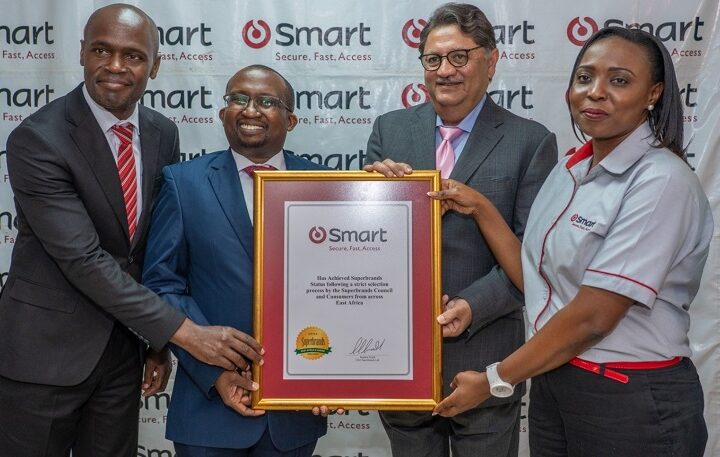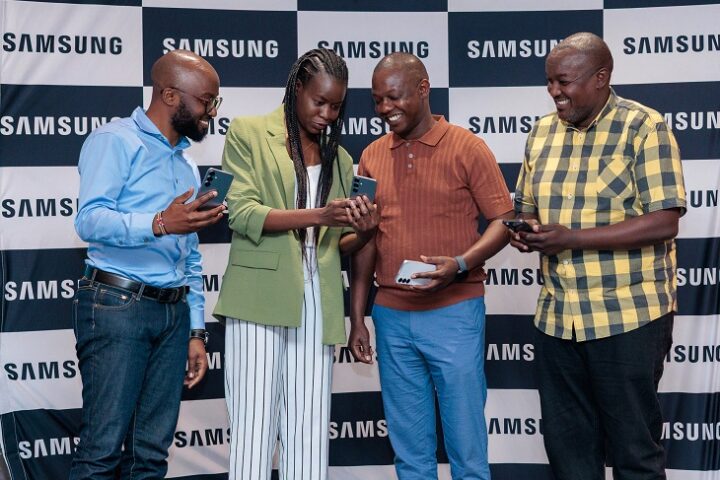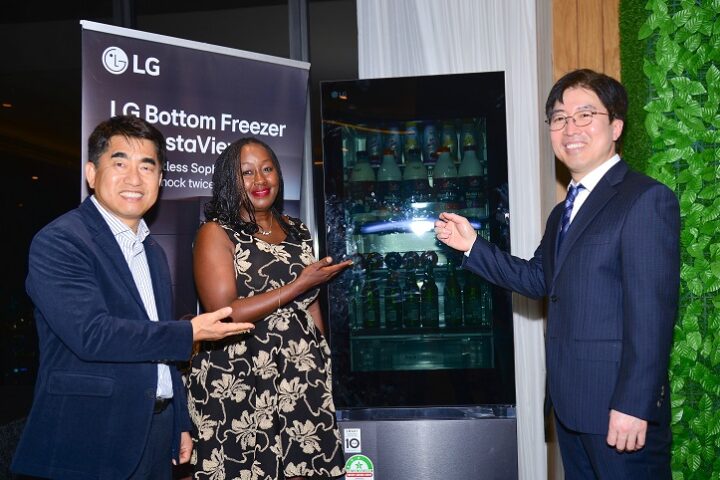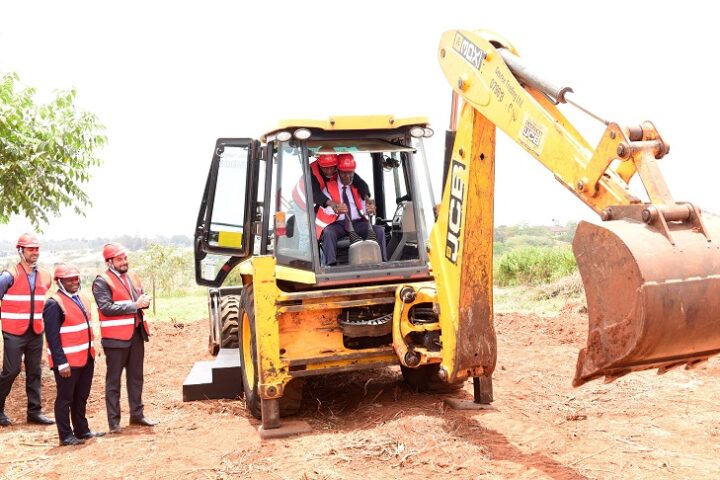Within today’s competitive landscape, customer satisfaction is a key determinant of success. Modern customers are juggling multiple priorities and hefty mental loads, so they seek convenience from the products they use. They want products that are easy to understand and intuitive to use.
This calls for a design philosophy called human-centered design – a creative problem-solving approach that puts the customer’s needs at the core of product and solution design. Human-centered design is about empathy, requiring designers and engineers to put themselves in their customer’s shoes to understand their challenges, desires, and contexts. This process involves a combination of four ideologies: collaboration, inclusion, innovation, and iteration.
The design of new products requires a collaborative approach where a multidisciplinary team brainstorms the scope that a product should address. This phase is crucial to understanding the various perspectives and expertise that can contribute to a product’s success.
Inclusion ensures that diverse user needs and perspectives are taken into consideration, deciding which features that address a wide variety of needs will be added to the final product.
The next principle, innovation, requires creative thinking to bring these features together in a way that makes sense for the user. Innovation works in tandem with iteration – testing, gathering feedback, and refining the product based on real-world user feedback.
Within the sphere of consumer electronics, human-centered design drives the continuous race to improve existing product products and innovate new ones. At LG, we strive to make our products not only beautiful and filled with features, but also accessible and more inclusive.
This has led to innovations such as LG ThinQ AI home electronics that are intuitive, voice-controlled, and learn how users interact with their devices. Or others like the Knock Twice and door-in-door feature on our fridges that reduces the amount of wasted cold air because quite often users just want to see what’s in the fridge.
What brings us to these innovations is a focus on customer experience. But this is not limited to the functionality of devices; it looks at the entire ecosystem of interaction between the customer and the product. This includes considering the aesthetics of the product and even how it fits into the customer’s ethos. For example, we consider that our customers are eco-conscious and design energy and water-saving products through processes that limit greenhouse gas emissions. Furthermore, we focus on creating long-lasting durable products that address the concern of electronic waste.
For a business to thrive in the modern marketplace it needs to evolve in its user experience design to a point where customers’ needs and priorities determine product strategy. While the concept is simple enough, its execution may present challenges. Rapidly advancing technology, and the need to keep up with competitors can quickly drive businesses to include features that their core customers do not need, thereby turning them away from the products. Designers must, therefore, adopt a comprehensive and agile approach that allows them to test and fail fast allowing them to iterate and redeploy.
They must also consider that while new features and radical designs can capture attention, they can also alienate customers who prefer established conventions. The key, therefore, is to innovate in ways that enhance the user experience without causing unnecessary disruption.
Whether in the manufacturing or service industry, it is crucial to build for customers with their needs in mind. Design with empathy and inclusivity in mind to ensure that none of your core customers are left behind. As industries advance and technologies evolve, human-centered design will be the guiding star, illuminating the path to a better world.
Related Content: IDC MarketScape Recognizes Sophos As Leader In European Managed Detection And Response Services
Mr. Lee is LG Electronics East Africa’s Managing Director.


